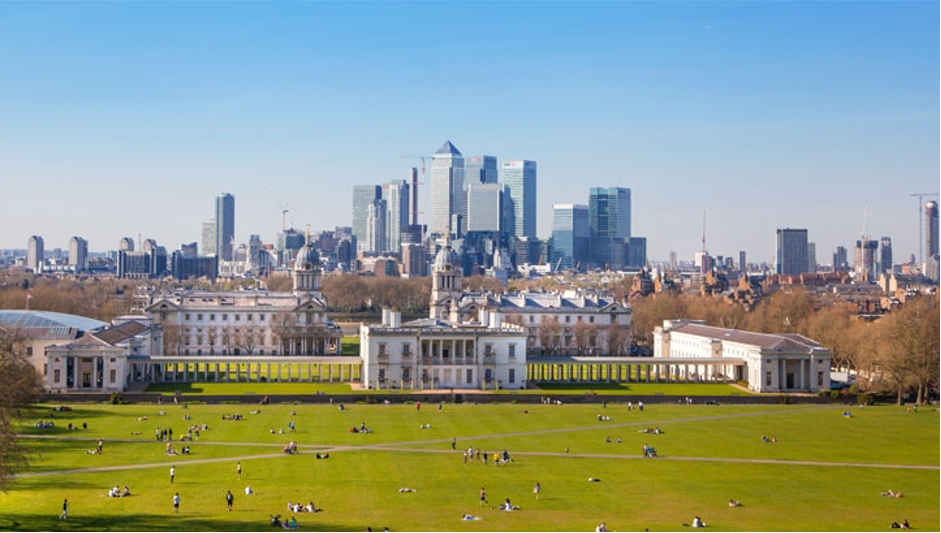
Would you Adam’n’Eve it? East London to get Britain’s ‘biggest’ heat network
Four boroughs straddling the Thames in London’s East End are set to benefit from a district heat network of up to 500,000 homes by the 2040s, claimed as Britain’s largest.
First steps in construction are scheduled to start early next year, on a venture designed to eliminate 90% of carbon emitted by traditional boiler-fired homes.
The network will serve buildings across Bexley, Greenwich (pictured), Newham, Barking and Dagenham.
Vattenfall, operator of city power grids in Berlin and Amsterdam, was today revealing plans for the project, its three phases split over two decades. It will draw on the Swedish company’s technical partnership with energy-from-waste firm Cory, with whom it runs a 21,000 home heat network, centred on Belvedere, near Erith.
The boroughs of Bexley, neighbouring Greenwich, Newham, and Barking & Dagenham will ultimately benefit from the scheme. Vattenfall made no immediate statement on its costs.
‘Vallhala-ford’
Phase one will see installation of heat piping serving 10,500 homes centred around the Riverside Resource Recovery facility – aka ‘incinerator’ – operated by Cory in Norman Road, Belvedere, itself due for imminent expansion.
For phases two and three, according to the partners, heat sources may extend beyond energy-from-waste, possibly to include data centres, water processing, electric heat pumps.
Phase two foresees up to 21,000 homes in Bexley and Greenwich connected to the pipework. The first homes will be warmed sometime in the early 2030s. Phase three will extend coverage across the same boroughs to 75,000 homes.
By bringing on some of the capital’s poorest, densest housing homes north of the Thames, Vattenfall views the half-million figure as a target, achievable by the 2040s. Besides dwellings, schools, hospitals, and public buildings will be connected.
Vattenfall calculates the UK currently has around 14,000 district heat networks, each averaging around 34,000 dwellings.
Mike Reynolds, Vattenfall Heat UK’s managing director: “Most of London’s 3.5 million homes, and thousands of commercial buildings, are heated using fossil fuels – yet there are abundant other sources of cleaner heat, such as the ground, water or waste heat from industrial processes.”
“We’ve got to think big when it comes to removing emissions from heating, on a scale which works for global cities like London.
“District heating …. is the cheapest source of low-carbon heat, it’s reliable and it’s resilient against energy shocks.”
Consistent with the detail-aversion which undermines its trumpeted environmental dreams, the Johnson administration is nearly a year late in publishing its over-arching Heat and Buildings Strategy. Wrangles within the Conservative Party over funding are believed to be the hold-up’s cause.
Next April sees the debut of Beis’ new, £270m Green Heat Network Fund. It will be the latest iteration of the now defunct Heat Networks Investment Project¸ but with tougher targets to cut carbon emissions. The HNIP shared £165m with projects in England and Wales since 2018.
End.
Green Infrastructure Week curates’ content from the entire ecosystem around green infrastructure from government and NGOs to respected commentators.
Feel free to share this content with your social media community using #GreenInfrastructureWeek
During Green Infrastructure Week we will host a programme of live and exclusive free-to-attend webinars.